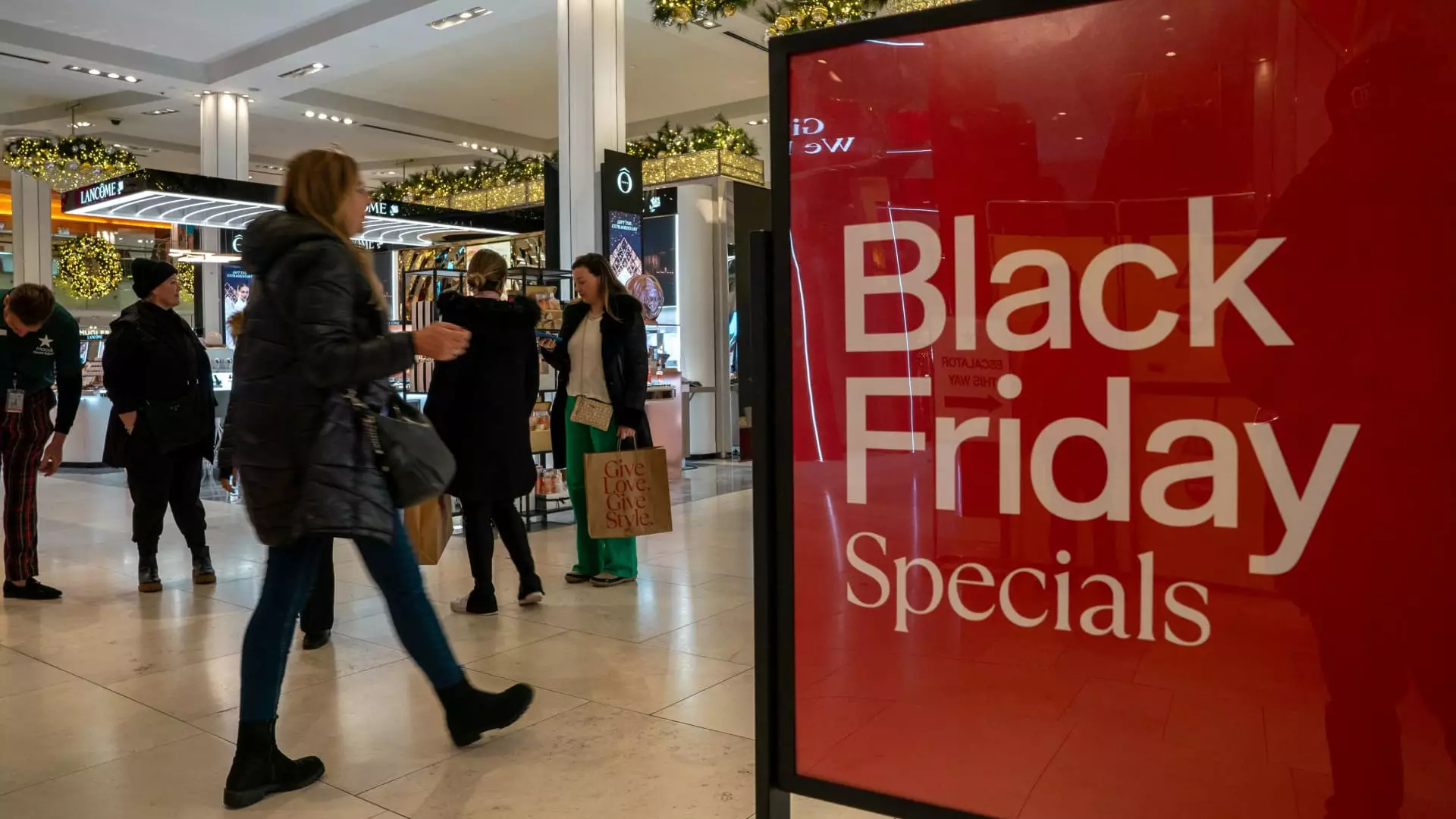Impulse spending has long been a dilemma for consumers and often leads to regrettable financial decisions. The thrill of a spontaneous purchase can overshadow rational thinking, resulting in mounting debt and buyer’s remorse. As research indicates, nearly half of consumers have made unplanned purchases during peak shopping seasons, particularly around holidays. Social media and aggressive advertising amplify this behavior by perpetuating the notion that we are missing out on incredible deals. This phenomenon where emotions drive our purchase decisions emphasizes the need for strategies to counteract this impulse and encourage more calculated buying behaviors.
In light of the challenges tied to impulse buying, the concept of “slow shopping” is emerging as a practical antidote. Advocates for this method, such as consumer savings expert Andrea Woroch, argue that taking the time to reflect before making purchases fosters more mindful consumerism. By allowing time to pass, consumers can evaluate their choices beyond the immediate thrill of a sale. Woroch suggests that this approach contributes to a healthier shopping experience, as it encourages individuals to prioritize true needs over fleeting desires.
The slow shopping movement encourages consumers to postpone purchases until they can reflect rationally on why they want an item and whether it truly adds value to their lives. This emotional detachment helps circumvent the pitfalls of impulse purchases, allowing shoppers to identify what they genuinely need and are willing to invest in.
Financial Benefits of Slow Shopping
One of the significant advantages of embracing the slow shopping trend is financial optimization. By waiting for sales rather than buying impulsively, consumers can often secure better deals. Tools such as price-tracking browser extensions allow shoppers to monitor price fluctuations, ensuring that purchases are made at the most opportune time. This not only minimizes spending but also cultivates a habit of patience that is often absent in consumer culture.
Furthermore, consumers who adopt slow shopping are more inclined to save for significant purchases instead of immediately charging them to a credit card. This financial discipline reduces the burden of debt and makes it feasible to afford bigger items without compromising one’s budget. The affordability element is especially critical given the current landscape of high credit card debt, which has reached alarming levels, with forecasts indicating substantial rises in holiday spending.
Recent surveys reveal a significant shift in consumer behavior, particularly in the context of holiday shopping. Reports indicate that approximately 73% of consumers are embracing slow shopping principles, opting to start their shopping earlier and adopt a more thoughtful approach to spending. This contrasts markedly with previous years where consumers typically rushed to complete their holiday shopping in a frenzied whirlwind of impulse buying.
Experts note that this year is exceptionally distinct, as shoppers are balancing the excitement of sales with a newfound consciousness about their financial wellbeing. According to research conducted by Affirm, nearly 60% of consumers are being purposeful in their purchasing decisions, which reflects a growing awareness of the importance of budgeting.
Practical Strategies for Mindful Shopping
To successfully adopt slow shopping, consumers must implement specific strategies that address impulse buying tendencies. Creating a comprehensive shopping list is one fundamental practice that can help manage expenditures. By referring back to the list, individuals can resist the temptation to stray into the territory of unsolicited purchases based on emotional triggers or marketing gimmicks.
Additionally, establishing a dedicated holiday fund can simplify the financial aspect of holiday shopping. Consumers gain the flexibility to spend without fear of accruing debt, as pre-allocated funds foster a sense of control over their finances. Setting a budget grounded in savings rather than credit ensures that spending remains manageable and aligned with one’s financial capacities.
Moreover, starting early and being responsive to sales can provide shoppers with advantageous opportunities while adhering to their slow shopping principles. Retail experts emphasize that signing up for loyalty programs and remaining active in promotions can be beneficial, especially in a competitive market where discounts are plentiful.
A Promising Future for Consumer Spending
As the trend of slow shopping continues to gain traction, it holds the potential to reshape consumer culture fundamentally. The transition towards thoughtful purchasing behaviors signifies an exciting evolution in how consumers approach their shopping experiences. It encourages healthier financial habits and creates a more conscientious marketplace, where consumers can take pride in securing value without surrendering to the temptations of impulse spending.
While the allure of immediate gratification often leads to reckless spending, slow shopping offers a promising alternative. Shoppers are empowered to reclaim control over their finances and make wiser purchases—ultimately fostering more sustainable habits that benefit both individual consumers and the broader economy.

